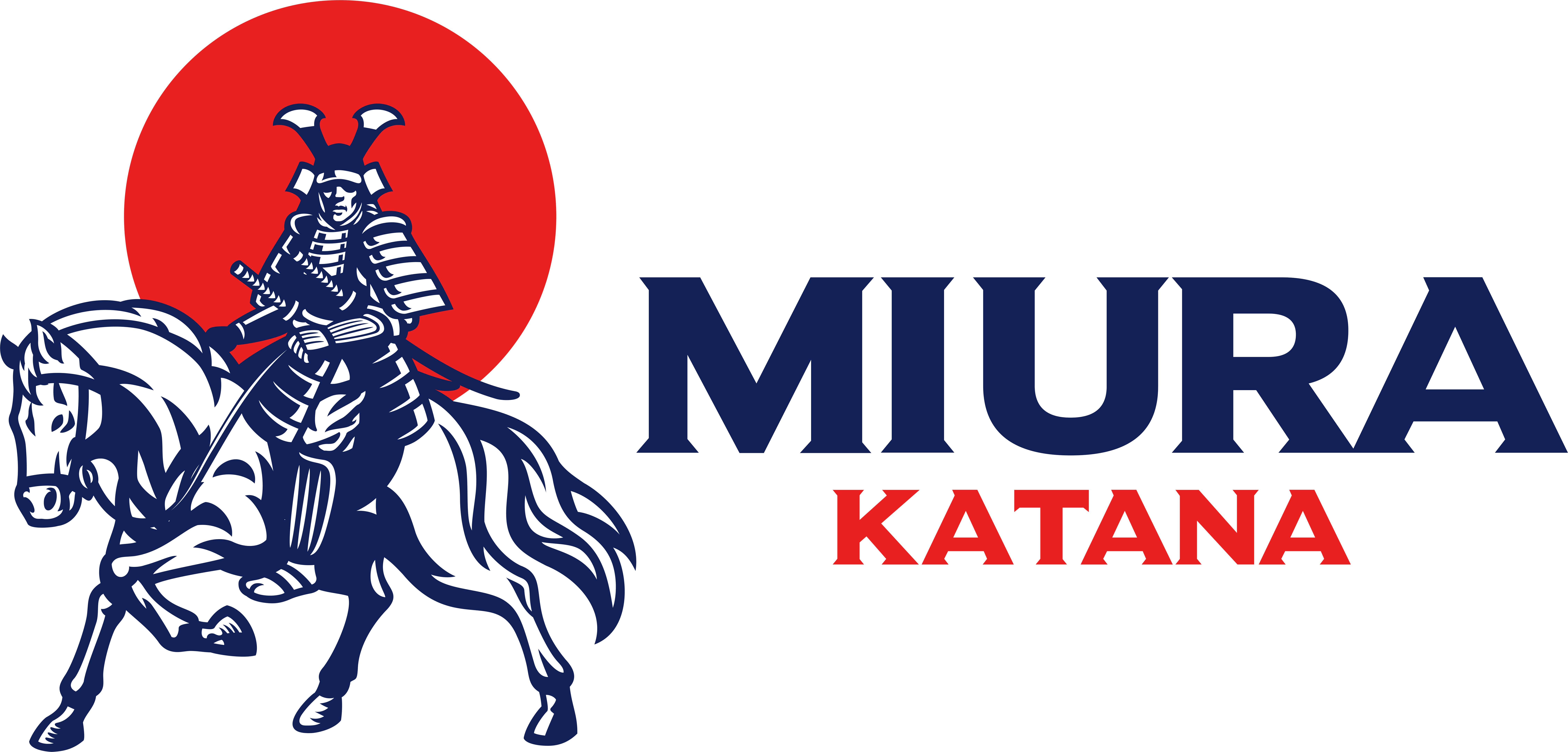Ōdachi Blade : The Japanese sword used by the feudal elites: the Samurais!
The Ōdachi Sword: A Symbol of Power and Prestige
First of all, the Ōdachi, a long and elegant weapon, was closely associated with the samurais of feudal Japan. Indeed, this impressive blade, often exceeding 90 centimeters in length, was not merely a tool of war but also a symbol of social status and power. Most notably, it served to reinforce the authority of powerful clans, as only the elites could afford to commission such a complex and expensive weapon to be made.
Moreover, the Ōdachi played a significant role in ceremonies. For example, it was frequently used as offerings at Shinto shrines to symbolize loyalty and military strength. Thus, its purpose extended far beyond martial use, becoming deeply integrated into the religious and cultural traditions of the time.
A Blade That Stands Out: A Japanese Masterpiece
Next, the Ōdachi stands out for its exceptional craftsmanship. Unlike shorter blades such as the Katana, crafting this type of sword posed a major technical challenge. Swordsmiths not only had to master the tempering and polishing of the blade but also ensure that it remained functional despite its unusual length. This process required months of meticulous work.
Historically, the Ōdachi was used on battlefields during the Nanbokuchō period (1336–1392), when armies sought to maximize the effectiveness of long weapons in open-field confrontations. However, as battles evolved toward closer engagements, this blade gradually lost its popularity to the more maneuverable katana.
The Samurai’s Weapon: Designed for Strength and Strategy
However, beyond its impressive appearance, the Ōdachi was a formidable tool on the battlefield. Thanks to its length, it allowed samurais to maintain a safe distance while delivering devastating blows to the enemy. Furthermore, its extended reach provided a strategic advantage in mass combat, where soldiers in the front lines could break through enemy defenses with powerful and precise strikes.
It is worth noting that, due to its size, the Ōdachi was often carried on the shoulder rather than at the waist, unlike the katana. This detail reflects its specific battlefield use and highlights the particular skills needed to wield it. Indeed, its weight and length required greater strength and mastery than other types of swords.
From Katana to Ōdachi: The Evolution of Weaponry
Moreover, the Ōdachi illustrates an important phase in the evolution of Japanese weaponry. While the katana is often seen as the pinnacle of sword technology, this long blade represents a period when battlefield demands dictated weapon design. During the Muromachi era (1336–1573), Ōdachi were often used by cavalry to strike at infantry. However, their imposing size made them difficult to handle outside specific contexts, leading to their decline as more dynamic and tactical combat emerged.
Conversely, their symbolic importance endured. For example, some clans continued to display Ōdachi to demonstrate their prestige, even after these weapons ceased to be used in combat.
A Legacy That Continues to Inspire
Finally, the Ōdachi remains an icon of Japan’s martial heritage. Today, these swords are displayed in museums and studied by historians and martial arts enthusiasts because they represent not only a technical achievement but also a window into the values and traditions of their time. Ōdachi also appear in popular culture, reinforcing their mythical image.
Thus, whether as a weapon or a cultural symbol, the Ōdachi continues to inspire and captivate. By exploring its history, we uncover not only the prowess of Japanese swordsmiths but also the spirit of the samurais who wielded it with honor and pride.
Comments are closed.
